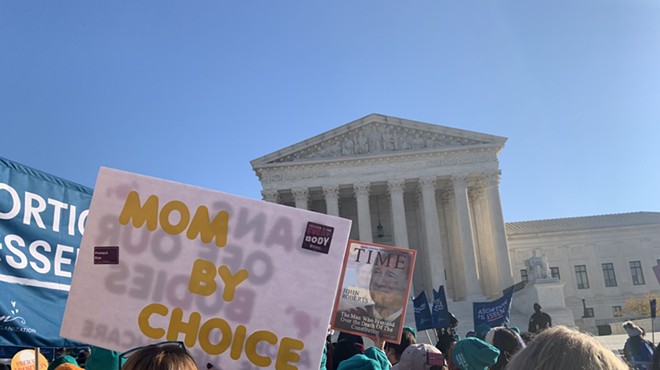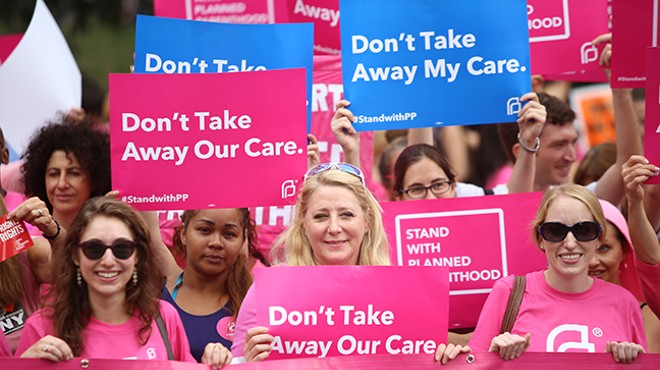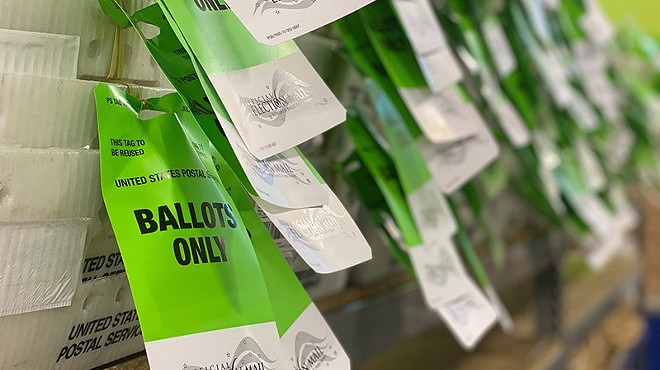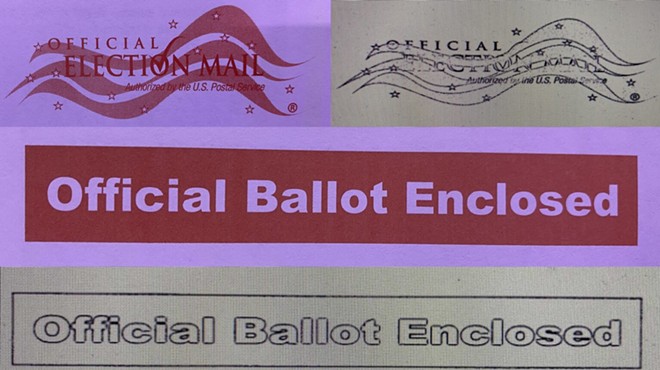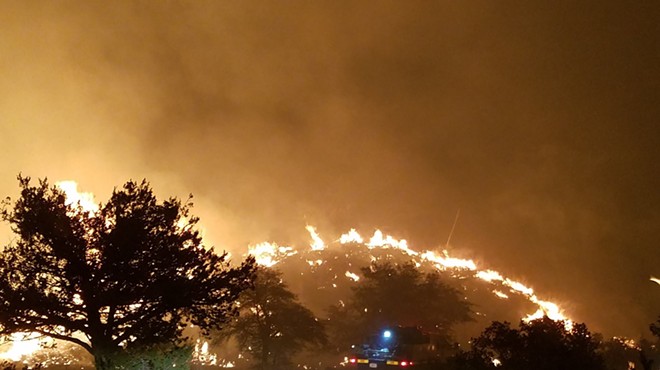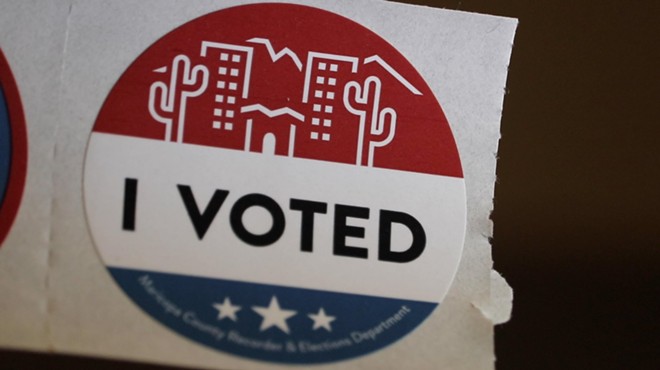Tuesday, June 19, 2018
New Ballot Initiative Promises Cheaper Electricity Bills and Cleaner Air
With a growing population in Arizona — 3.2 million new residents are expected to come in the next 30 years — plans are beginning to form regarding how Arizona will provide electricity to such a large number of people.
The Natural Resources Defense Council funded a study that compares two possible futures: one where Arizona Public Service and Tucson Electric Power build new gas-fired power plants, and one where almost every utility provider, except the Salt River Project, sources 50 percent of their energy from clean renewable mediums like solar and wind farms by the year 2030.
An energy firm called ICF conducted this study using their Integrated Planning Model and a few variables established by the NRDC. According to Dylan Sullivan, an senior scientist at the NRDC, the IPM is a big deal.
“IPM is a detailed model of the electric power system that is routinely used by the electricity industry and regulators, including the U.S. Environmental Protection Agency, to assess the effects of environmental regulations and policy,” Sullivan wrote in his analysis of the study.
He explained that this model is designed to consider almost every possible factor of the electricity system and the effects of its operations. Capacity of power plants, technology performance and maintenance, public demand, government policies, prices of resources, the weather — you name it. From there, it finds the most cost-effective way to meet the needs of Arizona’s growing customer base.
According to the study released in early June, when the 50 percent renewables plan is in effect, the IPM predicts the following:
- The average electricity bill would be $3 lower each month in 2030, and $5 lower each month in 2040. Combining these savings from across the state would total to more than $4 billion. That’s $4 billion going back into our economy.
- Arizona would meet future electricity needs with solar projects that are built and run in-state rather than using gas plants that rely on imports from other states. This will create jobs for Arizona residents.
- The investment in renewable energy and storage can reduce the carbon footprint. It would lower annual carbon dioxide emissions in 2030 by 4.6 million tons, which is the same as the annual emissions from 900,000 cars.
These are some very compelling benefits that Arizonans could have to decide for or against this upcoming November. The Clean Energy for a Healthy Arizona initiative is gaining support quickly and requires almost 226,000 valid signatures by July 5 to make it to the general election ballot.
“We’re the sunniest state in the country, but we’re only getting around six percent of our energy from solar power,” Rodd McLeod, a spokesman for the ballot initiative said. “It just doesn’t make any sense.”
Clean Energy for a Healthy Arizona and the NRDC have been actively refuting claims made by APS in opposition to the ballot measure. The utility giant says that if the measure passes, the Palo Verde nuclear plant would have to close down, resulting in drastic job cuts. They also claim that bringing in more renewable energy will do nothing but raise electricity bills.
The NRDC’s newly released study was very timely for the purpose of proving APS wrong. The IPM showed that we get about a third of our electricity from nuclear energy and that amount would stay the same even with the 50 percent renewable energy requirements in place. The jobs at the Palo Verde plant are safe, and prices for large solar projects have actually been dropping in recent years.
“The cost of utility-scale solar has fallen 77 percent since 2009, wind, 38 percent, and the cost of battery storage fell 79 percent between 2010 and 2017,” Sullivan wrote in his analysis.
McLeod said the ballot initiative is also about giving Arizona residents a say in how we source our energy, instead of leaving it up to the big utility companies who may have private corporate interests.
“We’re going to require more electricity because the state is growing and there’s more people,” McLeod said. “New infrastructure is going to be built either way, the question is are we going to build a bunch of plants to burn fossil fuels, which pollutes the atmosphere, or are we going to build a bunch of solar plants which harvests the sunlight that we get no matter what?”
He added that building infrastructure for solar and wind farms is actually less costly than building new gas plants.
The coalition behind this initiative is growing quickly. McLeod said that the plan is backed by the Arizona Public Health Association, the Arizona Asthma Council, the Building and Construction Trades Council, Technicians for Sustainability, Physicians for Social Responsibility and many more.
In a detailed article about the political campaign warfare that has ensued over this ballot initiative, Ryan Randazzo from azcentral.com reported that Clean Energy for a Healthy Arizona accepted $957,000 from billionaire activist Tom Steyer's political action committee NextGen Climate Action.
“Going to a 50 percent renewable future will save people money,” McLeod said. “It’s a less expensive option for Arizona ratepayers than the APS plan of filling more natural gas plants. We think that it’s really important to examine the benefits for our health, for our environment, for our air, for our water and also for our pocketbooks.”
Tags: Natural Resources Defense Council , Clean Energy for a Healthy Arizona , renewable , energy , solar , wind , gas , pollution , environment , air , cost , Arizona , savings , policy , Image










